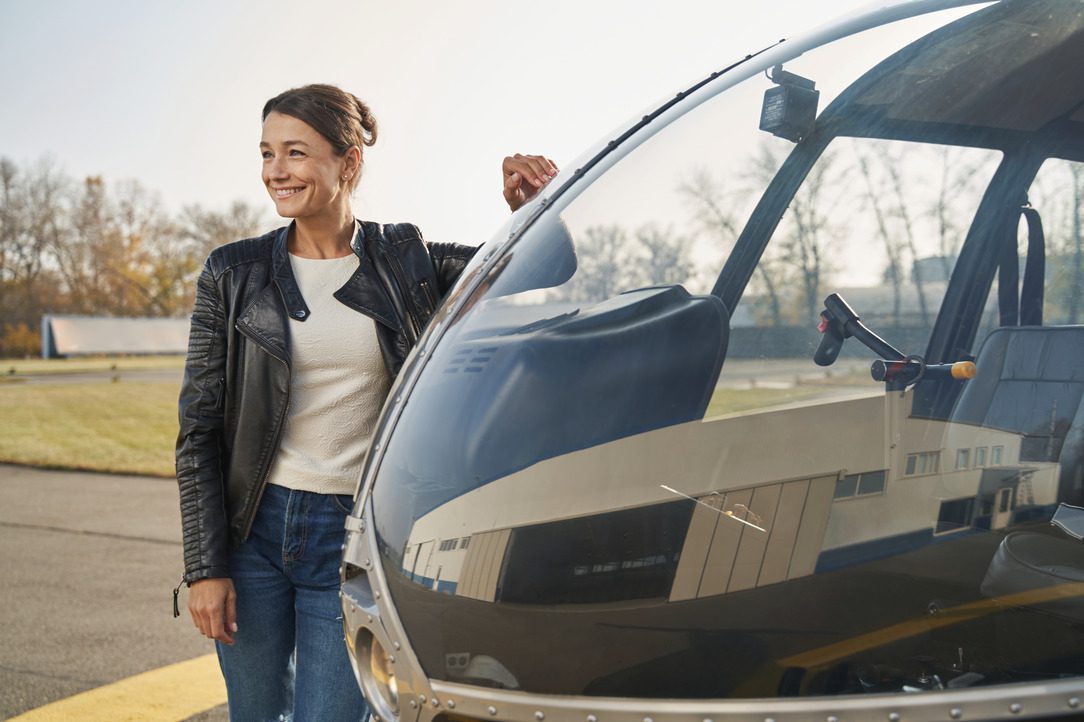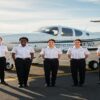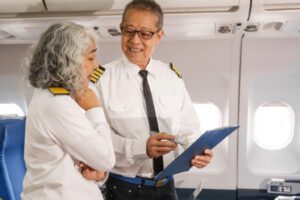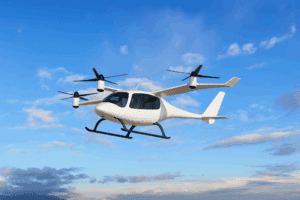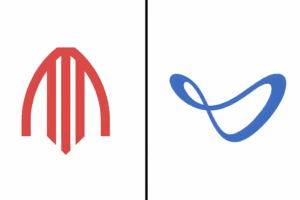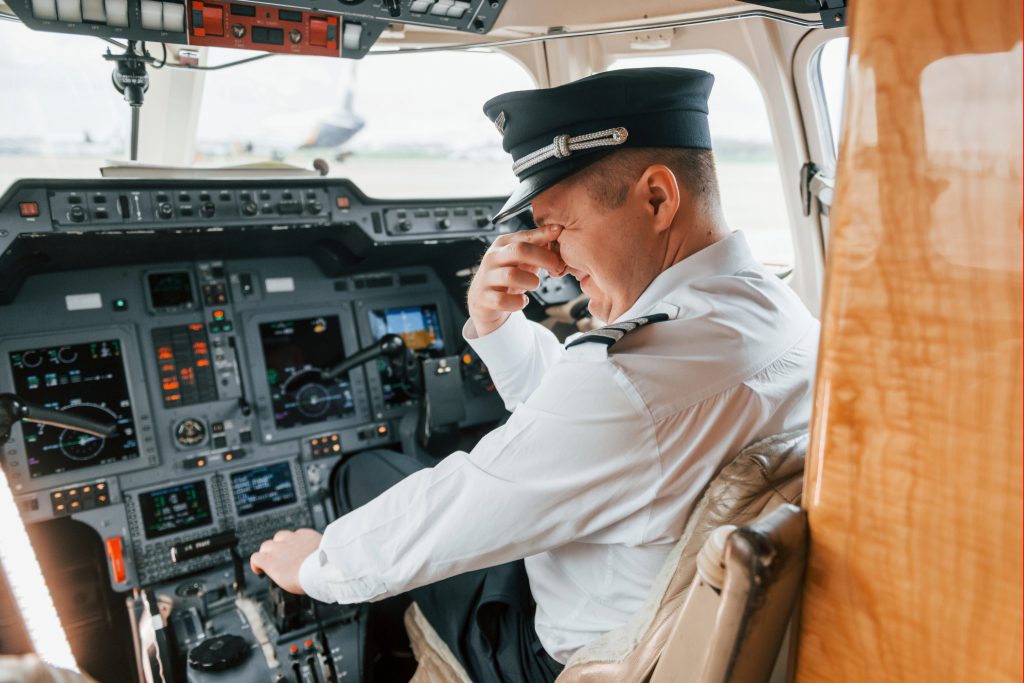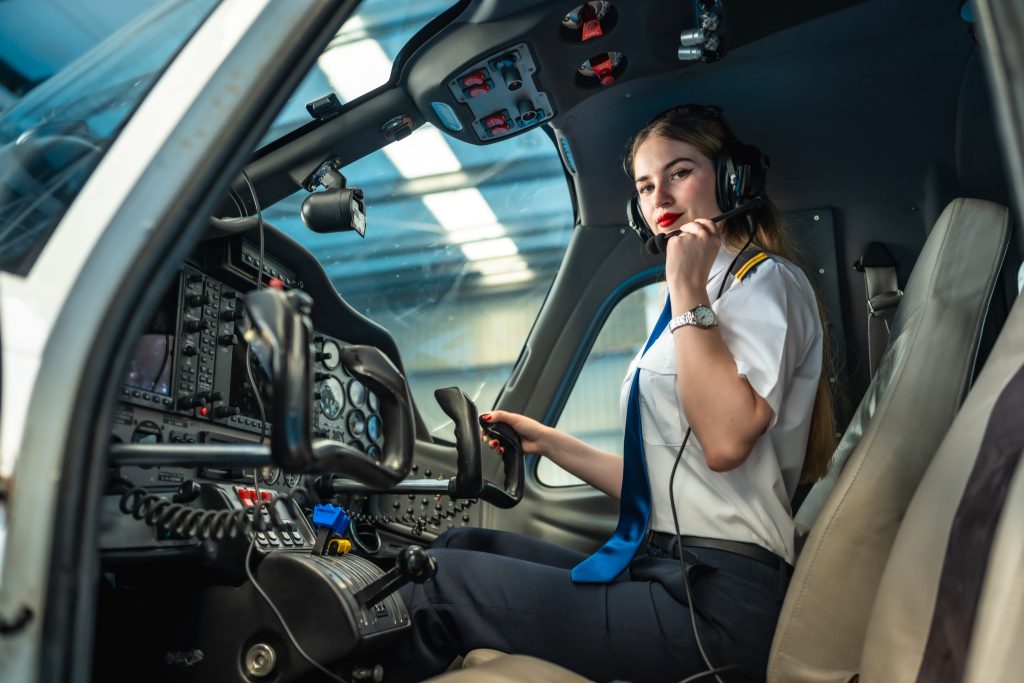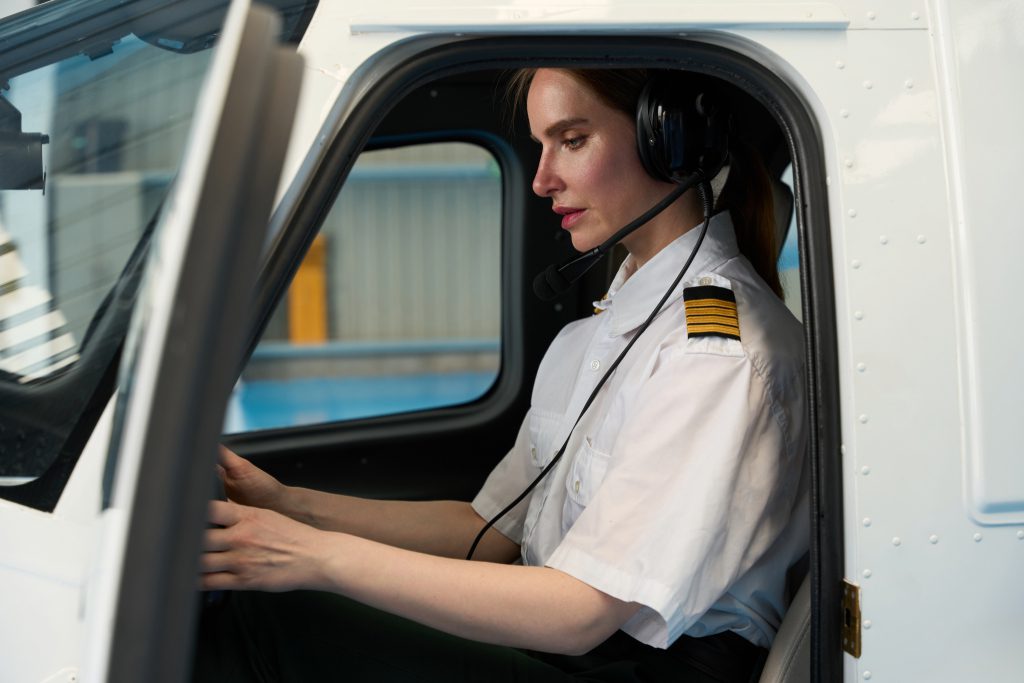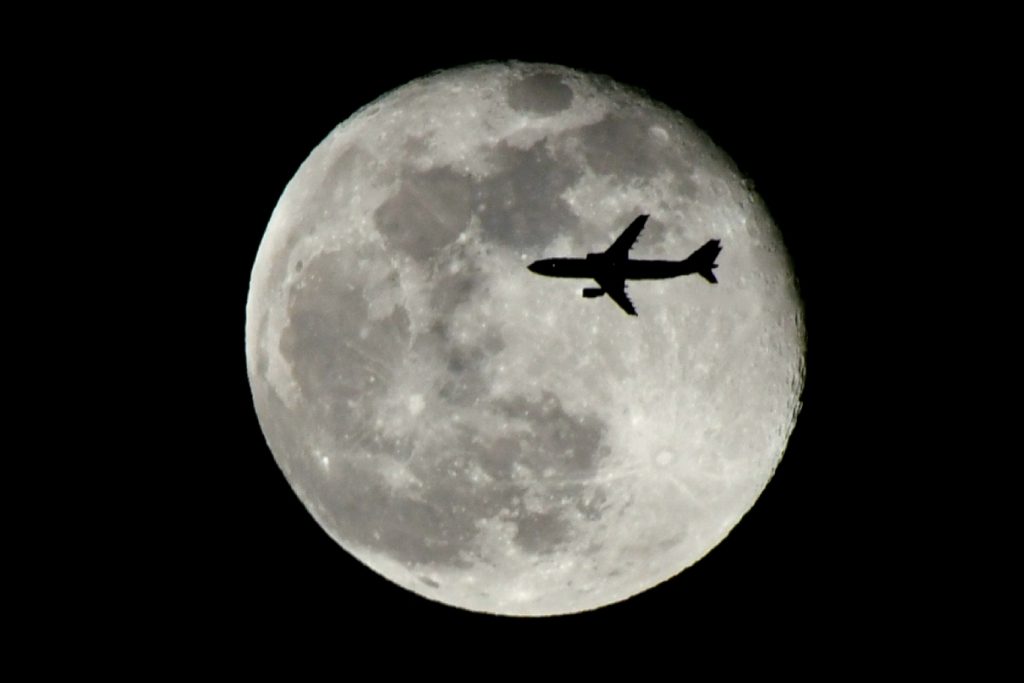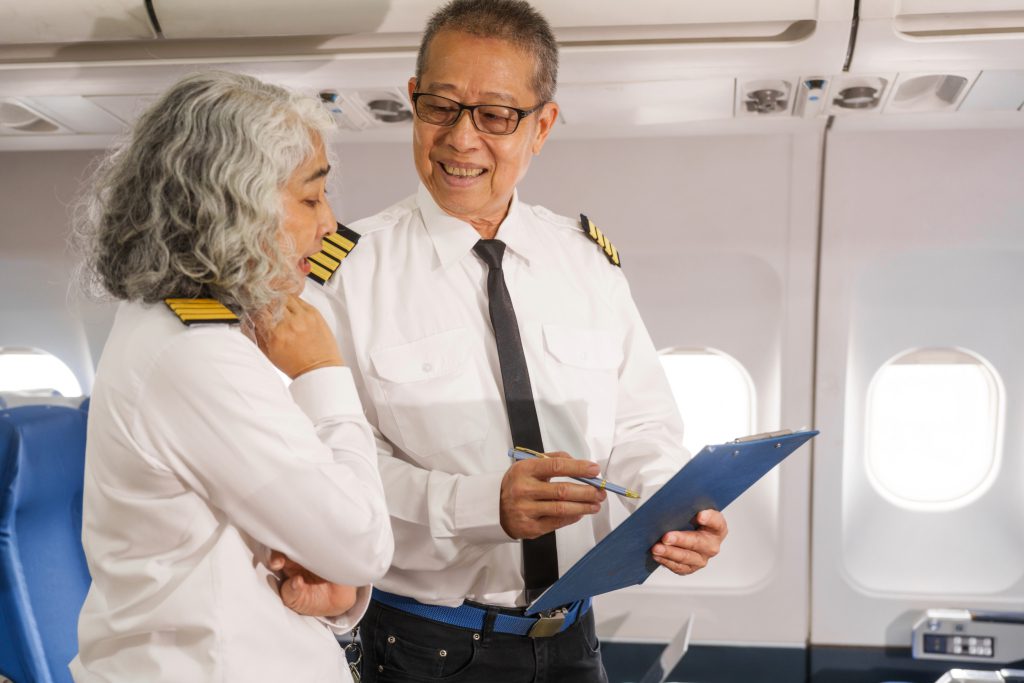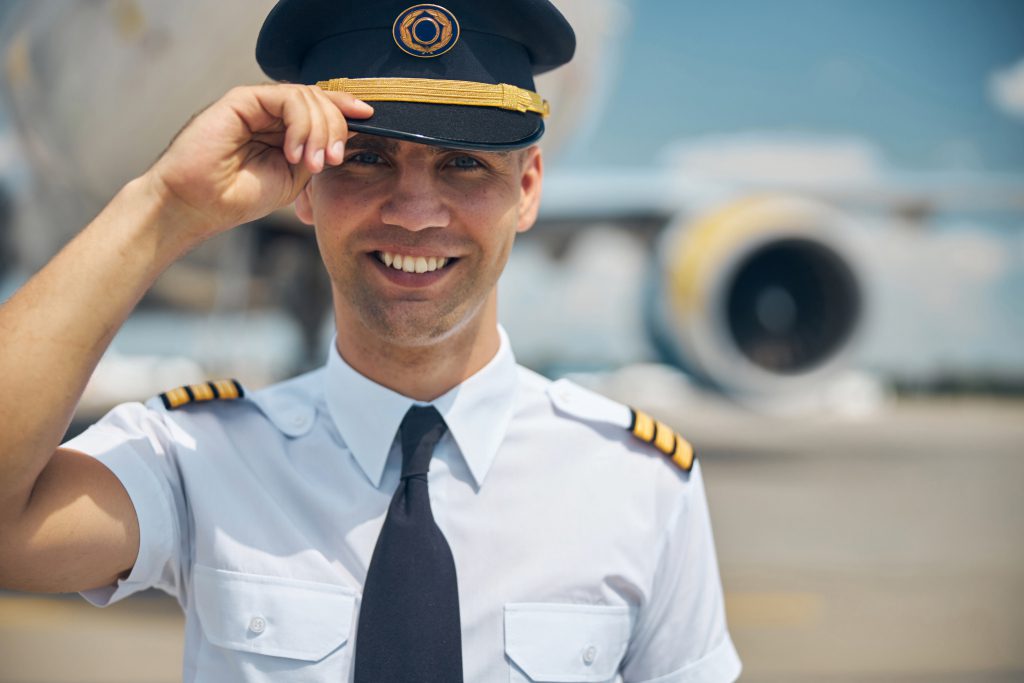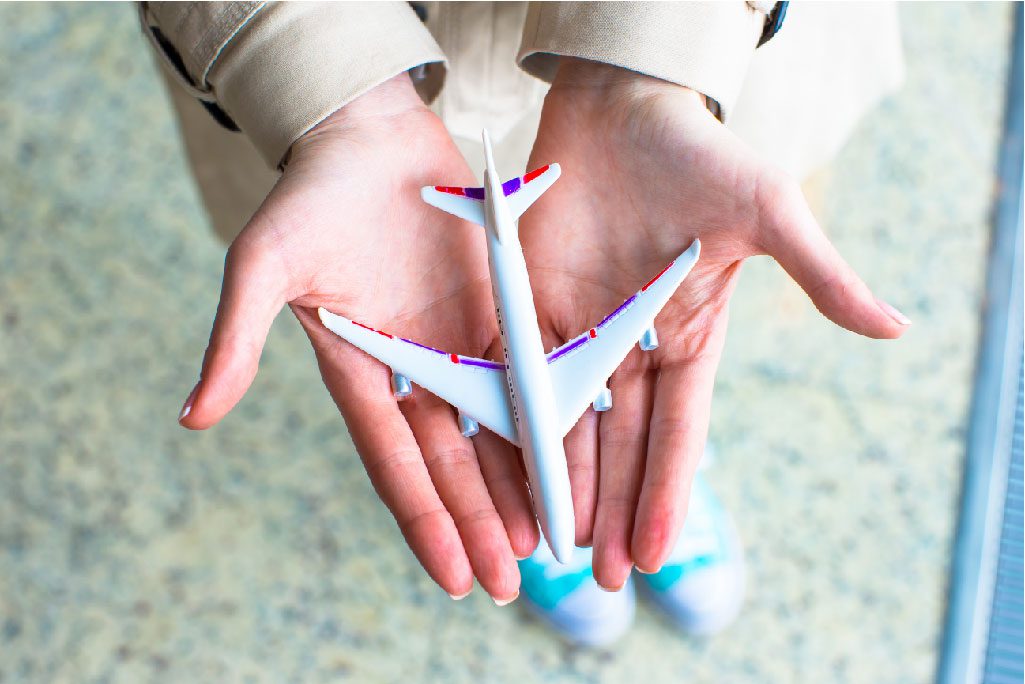Growing urbanization comes with its own set of issues like the traffic congestion, travel time, and environmental considerations that require seamless and immediate solutions. One of the most influential advancements in the transport category is Urban Air Mobility (UAM) which is spear-headed by air taxis and electric vertical take-off and landing (eVTOL) aircrafts. Solutions such as these promise to radically change the future of transport and revolutionize the existing standards of air mobility.
The Growing Interest in Air Taxis
The latest surveys and reports, including one from Honeywell Aerospace, show the growing public interest in the concept of air taxis for potential solutions to urban transportation challenges. Honeywell’s study revealed that 98% of U.S. airline travelers would be willing to use air taxis for quicker and more efficient travel between cities and for airport transfers. This considerable interest showcases the increasing demand among consumers for newer options that are not fully reliant on ground transportation infrastructure, particularly in large metropolitan cities where being stuck in traffic is a time-consuming reality.
The survey indicates that travelers are particularly optimistic about eVTOL aircraft—electric vehicles that can take off and land vertically. With this technology, passengers can travel from the city center to the airport in a fraction of the time it currently takes by car or train. This makes air taxis extremely advantageous for airport transfers and short-haul flights between cities.
What Are eVTOL Aircraft?
eVTOL aircraft offer a hybrid electric form of vertical take-off and landing controlled flight and are intended to operate within urban settings. These aircraft are expected to replace traditional helicopters because eVTOL aircraft can drastically reduce noise pollution and operating costs while improving overall safety and accessibility.
In order to ensure efficient travel, eVTOL aircraft could serve as a solution to traditional infrastructure. eVTOL aircraft can take off and land in small, confined spaces, such as rooftops or dedicated vertiports, making these aircraft ideal for crowded urban centers. In addition, these aircraft are capable of improving access to air travel by eliminating dependency on congested highways and public forms of transportation.
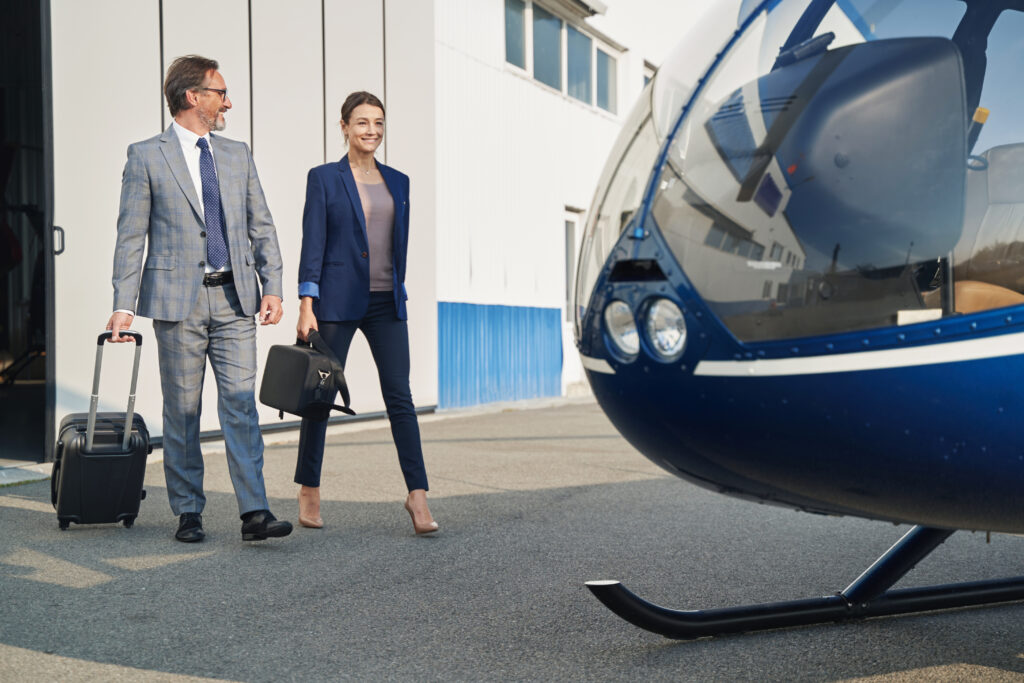
The Expected Journey
Technological advancements as well as improvements in regulation suggest a favorable future for air taxis and eVTOL aircraft. The industry of aviation has made, and will continue to make, efforts toward the realization of urban mobility together with the authorities such as EASA (European Union Aviation Safety Agency). According to Honeywell’s survey, once these issues are solved, the public are likely to fully embrace air taxis as a dominant form of transport.
Even if it is unlikely that we will see such technologies in the near future, we are certainly moving towards a new model in which urban transport is concerned. With further advancements, more partnerships between regulatory bodies and manufacturers, as well as higher levels of interest from the general population, the concept of air taxis could change the mindsets around traveling in cities and actively provide a quicker, better, and greener means of transportation for cities all over the globe.

